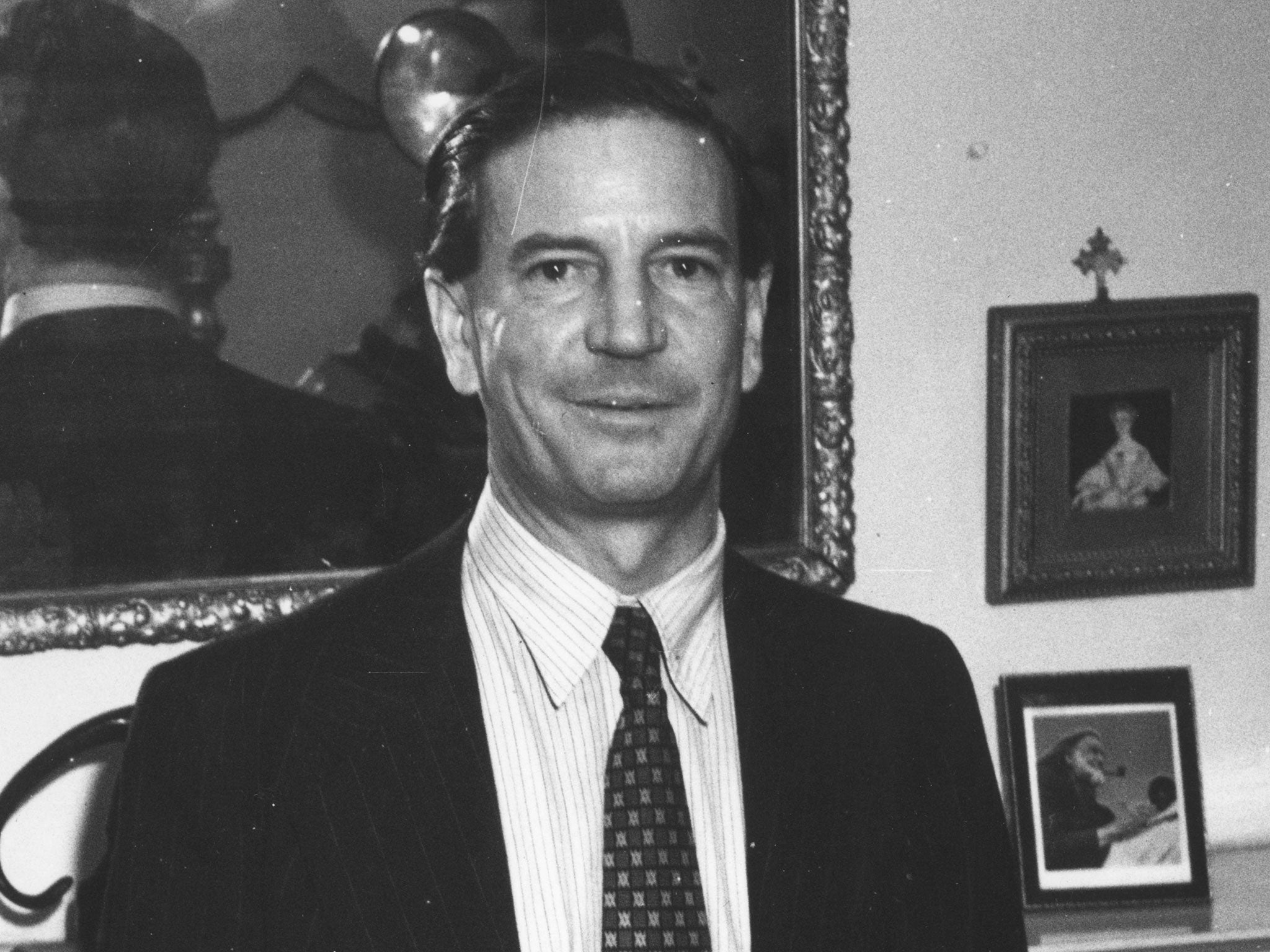MI5 sought to trick British communist into exposing Kim Philby as Soviet agent in an interview while she lay in bed, documents reveal
Edith Tudor-Hart was identified as a potential key source of evidence as MI5 tried to expose the Cambridge spy late in 1951

MI5 sought to trick a British Communist into exposing Kim Philby as a Soviet agent in an extraordinary interview conducted while she lay in bed, according to top secret documents.
Edith Tudor-Hart, an Austrian-born photographer suspected by the Security Service of having played a key role in recruiting Philby to Russian intelligence in the 1930s, was identified as a potential key source of evidence as MI5 tried to expose the Cambridge spy late in 1951.
Despite growing suspicion that Philby had been involved in the defection earlier that year of his fellow spies, Donald Maclean and Guy Burgess, MI5 was struggling to gain conclusive proof that the senior MI6 officer was also a Soviet mole.
Documents released at the National Archives in Kew, west London, show that officers hoped Tudor-Hart, who was prominent in Communist circles and known to have previously admitted working for Russian intelligence, would let slip that she had known Philby at the time he was recruited in Vienna - a relationship he had previously denied.
But the MI5 file reveals that she was more than a match for her interrogators, insisting on conducting the interview from her bed in her flat close to the Lord’s Cricket Ground.
A report of the meeting said: “This woman steadfastly prevaricated from one end of the interview to the other… She was completely composed and answered questions in the manner of a person well trained to resist an interrogation.
“It is difficult to form any assessment, therefore, of the extent of her knowledge, if any, of Philby.”
The document added that when shown a photography of Philby, Tudor-Hart had failed to recognise him and commented that he seemed “a sinister sort of person”.
Subscribe to Independent Premium to bookmark this article
Want to bookmark your favourite articles and stories to read or reference later? Start your Independent Premium subscription today.

Join our commenting forum
Join thought-provoking conversations, follow other Independent readers and see their replies